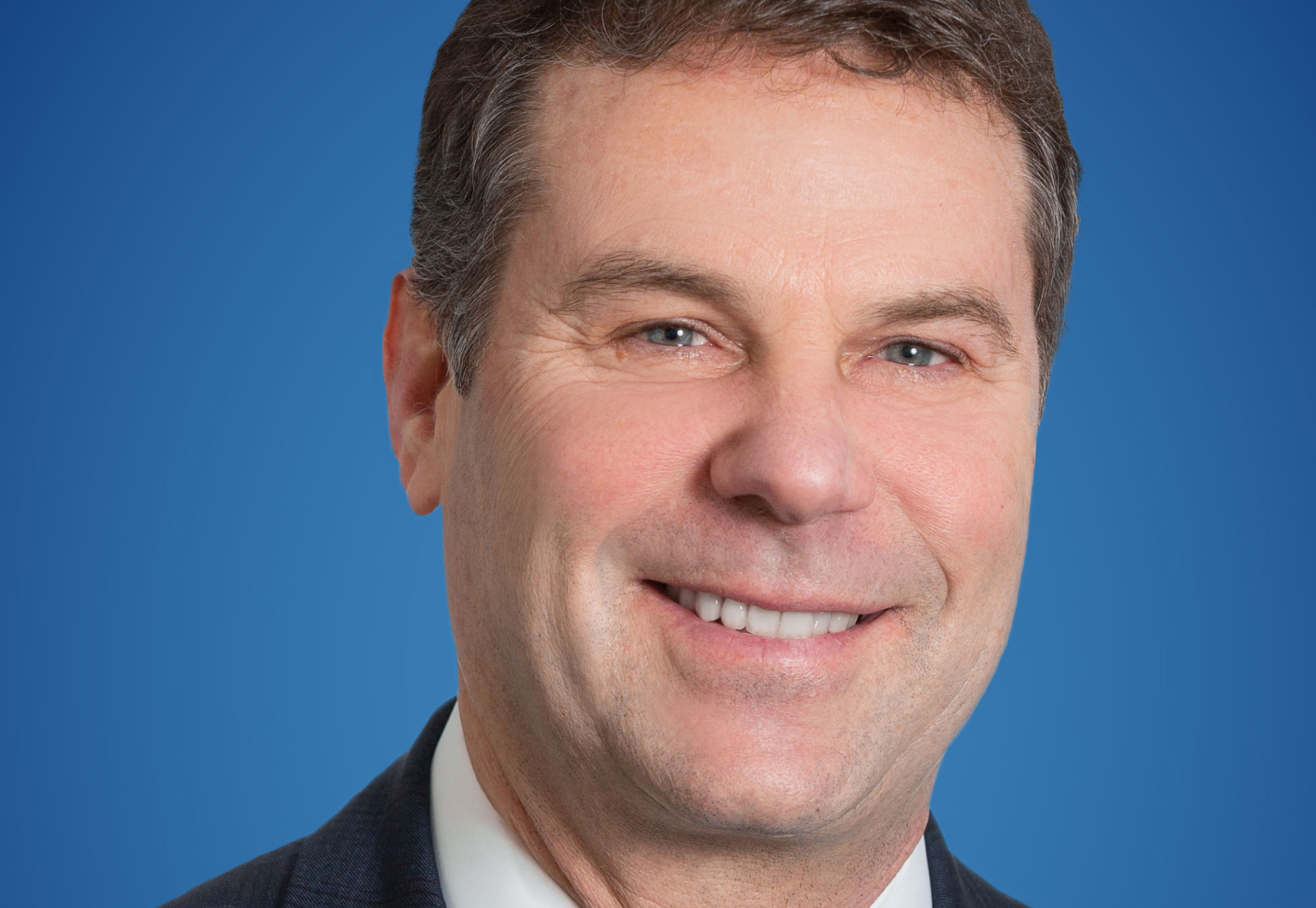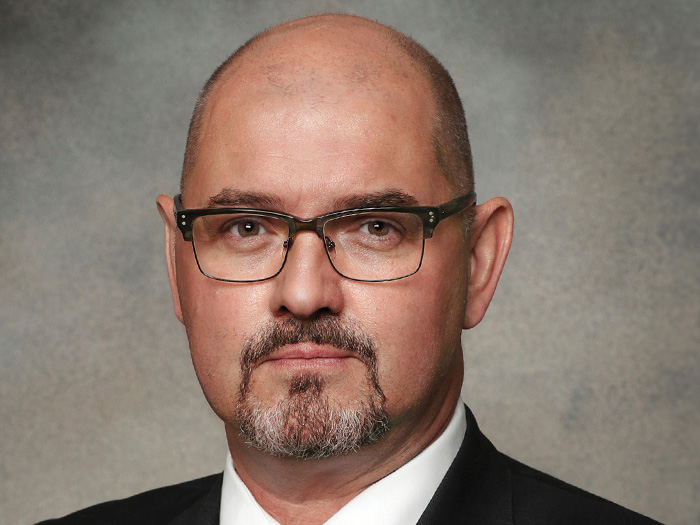How to Use Behavioral Science as a Tool to Help Motivate Injured Workers During Recovery
The biggest driver of delayed recovery and claims costs is psychosocial in nature, according to the 2016 Workers’ Compensation Benchmarking Study.
As our friend and industry veteran, Peter Rousmaniere, wrote: “We know the single greatest roadblock to timely work injury recovery and controlling claim costs. And it’s not overpriced care, or doubtful medical provider quality, or even litigation. It is the negative impact of personal expectations, behaviors, and predicaments that can come with the injured worker or can grow out of work injury.”
In other words, reducing claim costs, in large part, is a behavioral science challenge. So what can your organization do to solve it? Plenty.
This three-part series on the behavioral constructs is designed to help. We believe application of these insights can only help further our industry, and better the lives of injured workers and the claims professionals who support them.
This series —with input from top industry veterans—will outline how key cognitive and behavioral science constructs about how people think, feel, make decisions, and act the way they do can be used to improve your organization’s claim outcomes.
These include Self-Determination Theory (SDT), Motivational Interviewing, the Theory of Planned Behavior, Social Cognitive Theory, and Executive Function. Part one in this series will review SDT and its potential applications in your claims organization.
Part 1: Unlock Injured Workers’ Intrinsic Motivation with Self-Determination Theory
Self-Determination Theory is a comprehensive theory of motivation that encompasses peoples’ innate psychological needs, growth tendencies, and intrinsic motivation for the choices they make, in the absence of external influences.
According to SDT, the most self-directed forms of motivation and engagement for activities (e.g., performance, persistence, and creativity) require supporting the individual’s experience of autonomy (deciding things for oneself and pursuing a course of action), competence (the ability to do something successfully), and relatedness (feeling connected; to care about and to be cared about by others).
Motivation and well-being will be adversely affected if any of these psychological needs are inhibited or not supported within a given social context.
SDT is a useful concept to be applied throughout your claims organizations’ processes and systems. Satisfying the three innate psychological needs for autonomy, competence, and relatedness is the foundation for promoting optimal conditions for recovery.
But what does this look like in practice?
Autonomy
- Help your injured workers create the mindset that they are in charge, and that they are empowered to facilitate their own recovery. This will help meet their need for autonomy.
- Encourage your claims team members to tell injured workers that they play a key role as part of the team responsible for their recovery and the handling of their claim.
- Mandate that injured workers get a say in what happens, and that it is the injured worker’s responsibility to tell their claims team if anything gets in the way of their recovery, whether that be confusing paperwork or a provider-related issue.
- Reframing an injured worker’s role can take them from the passenger seat into the driver’s seat of their recovery. This has been shown to support autonomy, and at the very least it should create a more open and trusting relationship so that injured workers will tell their claims team when something stands in the way of recovery.
“An employee-centric customer service model should be at the core of how claims organizations operate, encouraging and providing resources to help injured workers feel in control of their claim and recovery.” – Peter Rousmaniere, Entrepreneur and consultant in workers compensation since 1986 and noted columnist
Competence
- Provide resources to help manage your injured workers’ recovery such that they are no longer solely dependent on their claims team.
- Give them access to evidence-based psychosocial resources that can help them solve many of the issues they may encounter over the course of their claim such as managing fear, solving a transportation issue, or dealing with a boss with whom they might not get along.
- Empowering workers gives them confidence and control, which can help overcome the stress and anxiety that arises with feeling out of control.
- Give injured workers the power and ability to see what is happening with their claim in real time such that they now have, in effect, a “seat at the table”. Supporting competence means making every step of the process, from filling out forms to keeping track of medical appointments, as easy as possible for them to understand, act, and fulfill.
“We continuously find ways to remove friction in the claims handling process for our injured staff members. Exploring innovative solutions to increase the communication between all of the stakeholders involved in the claims handling process is one of our biggest goals. We believe it creates a favorable outcome for the injured staff member as well as our workers’ compensation annual expenditure.” – Kurt Leisure, Vice President, Risk Services, The Cheesecake Factory Incorporated
Relatedness
- Offer a platform for injured workers to communicate on their own terms with their claims team (i.e., adjuster, case manager, employer, and other parties involved in a claim). This fosters a human connection with someone that cares about their recovery and who can help and encourage them throughout their journey.
- It is critical to build trust from the first moment of contact with the injured worker. It means displaying an empathetic, non-judgmental attitude along with employing active listening skills to help the injured worker feel that someone cares about their situation and their recovery, regardless of the circumstance or reason for the injury.
- Use language that is not interrogative to avoid putting the injured worker on the defensive. Words like “investigation”, “denied”, and “compensability” can promote an adversarial tone increasing the likelihood that an injured worker seeks legal counsel, which inevitably drives up the cost of a claim.
“The words that we use (as claims professionals) with injured workers matters. It’s why at NARS we don’t have adjusters, we have Workers’ Empowerment Specialists. We not only train them on what words to use and what words to avoid when communicating with injured workers but we teach them to lead with empathy to help rehab and rebuild that person’s life.” – Dr. Claire Muselman, VP Workers’ Compensation Claims, North American Risk Services (NARS)
I hope you’ve found these illustrations helpful. &
This is the first edition of a three-part series looking at how organizations can improve claim outcomes for injured workers utilizing behavioral science tactics.
Look for Parts 2 and 3 of the series in the Risk Insider section of Risk & Insurance.










